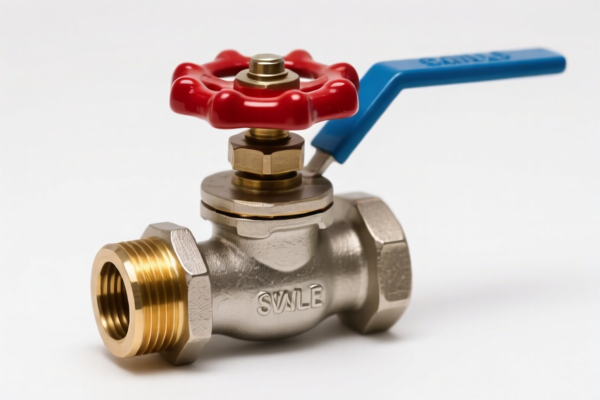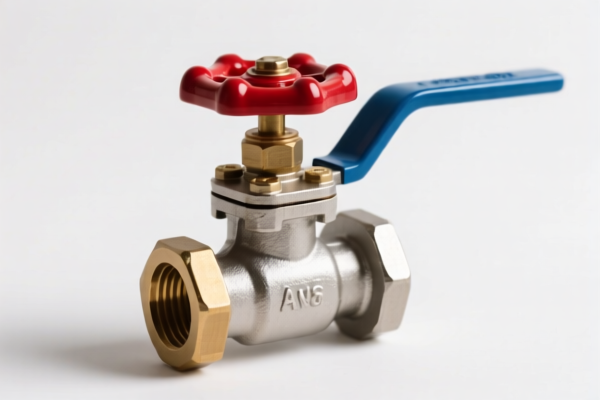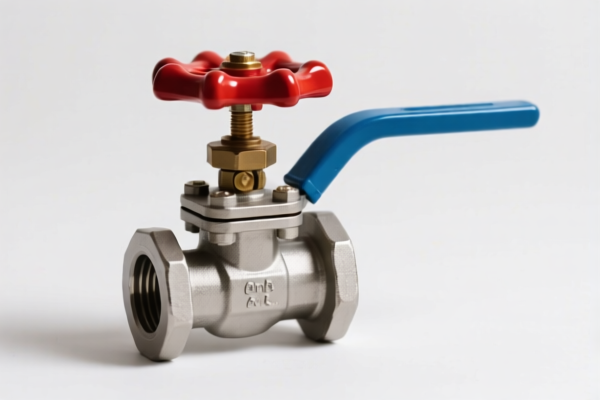| HS Code | Official Doc | Tariff Rate | Origin | Destination | Effective Date |
|---|---|---|---|---|---|
| 8481809015 | Doc | 57.0% | CN | US | 2025-05-12 |
| 8481809050 | Doc | 57.0% | CN | US | 2025-05-12 |




Fuel Vapor Valve
A fuel vapor valve (often referred to as a purge valve or EVAP purge valve) is a component of a vehicle's evaporative emission control (EVAP) system. Its primary function is to control the flow of fuel vapors from the fuel tank to the engine intake manifold, where they are burned during combustion. This process prevents harmful hydrocarbons from being released into the atmosphere.
Material:
- Body: Typically constructed from durable plastics like nylon or polypropylene, chosen for their resistance to fuel and temperature variations.
- Diaphragm: Often made of a synthetic rubber like nitrile or Viton, providing a seal against vapor leakage.
- Internal Components: May include metal springs, seals, and solenoids (in electronically controlled valves).
Purpose:
The core purpose of the fuel vapor valve is to reduce emissions. Without it, fuel vapors would escape from the fuel tank, contributing to air pollution. By routing these vapors back into the engine, the system ensures they are safely burned, minimizing environmental impact.
Function:
The valve operates based on engine conditions.
- Closed State: Under normal conditions (engine off or cold), the valve remains closed, preventing vapors from entering the intake.
- Open State: When the engine is running at operating temperature and certain conditions are met (e.g., vacuum present in the intake manifold), the valve opens. This allows vacuum to draw fuel vapors from the fuel tank, through a charcoal canister (which absorbs vapors), and into the engine for combustion.
- Solenoid Control: Most modern valves are electronically controlled by the engine control unit (ECU). The ECU monitors various sensors to determine when to open or close the valve.
Usage Scenarios:
- Normal Driving: The valve cycles on and off during normal driving conditions to manage fuel vapor emissions.
- Fueling: During refueling, the valve typically remains closed to prevent fuel vapors from escaping during the filling process.
- Engine Startup/Shutdown: The valve is usually closed during engine startup and shutdown.
- EVAP System Testing: The valve is activated during EVAP system leak tests performed by the ECU to ensure the system is sealed.
Common Types:
- Normally Closed Valve: This is the most common type. It requires an electrical signal to open and allow vapor flow.
- Normally Open Valve: Less common, this type is open by default and requires an electrical signal to close.
- Mechanical Valve: Older vehicles may use mechanical valves controlled by engine vacuum.
- Solenoid Valve: The most prevalent type in modern vehicles, utilizing an electrical solenoid to control the valve's operation.
Potential Issues:
- Sticking Valve: Carbon buildup or corrosion can cause the valve to stick open or closed.
- Solenoid Failure: The solenoid may fail, preventing the valve from opening or closing properly.
- Vacuum Leaks: Cracks or damage to the valve body or connected hoses can cause vacuum leaks.
- Fault Codes: A malfunctioning valve can trigger check engine lights and related diagnostic trouble codes (DTCs).
Fuel vapor valves fall under the category of taps, cocks, valves and similar appliances, for pipes, boiler shells, tanks, vats or the like, including pressure-reducing valves and thermostatically controlled valves; parts thereof. The following HS codes are relevant based on the provided information:
- 8481809015: This HS code covers “Other appliances: Other Regulator valves, self-operating, for controlling variables such as temperature, pressure, flow and liquid level”. A fuel vapor valve, functioning as a regulator to control vapor flow, aligns with this description. It consists of Chapter 84 (Nuclear reactors, boilers, machinery and mechanical appliances; parts thereof), Heading 81 (Taps, cocks, valves and similar appliances), and Subheading 8090 (Other appliances). The applicable tax rate is a base tariff of 2.0%, a surcharge of 25.0%, and a surcharge of 30.0% after April 2, 2025, resulting in a total tariff of 57.0%.
- 8481809050: This HS code covers “Other appliances: Other Other: Other”. This is a broader classification for valves not specifically detailed elsewhere. As a valve for controlling fuel vapor, it falls under Chapter 84, Heading 81, and Subheading 8090. The applicable tax rate is a base tariff of 2.0%, a surcharge of 25.0%, and a surcharge of 30.0% after April 2, 2025, resulting in a total tariff of 57.0%.
According to the provided reference material, the HS code options related to 'fuel vapor valve' are limited, with only the following 2 found.
Customer Reviews
No reviews yet.